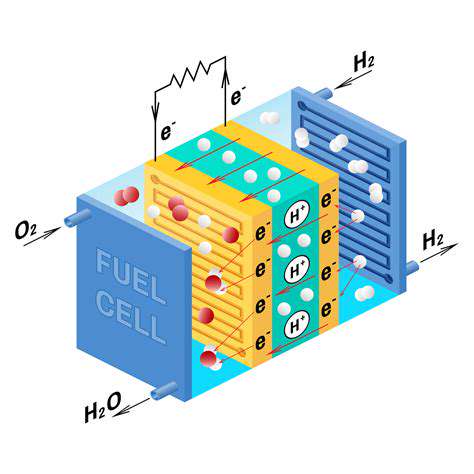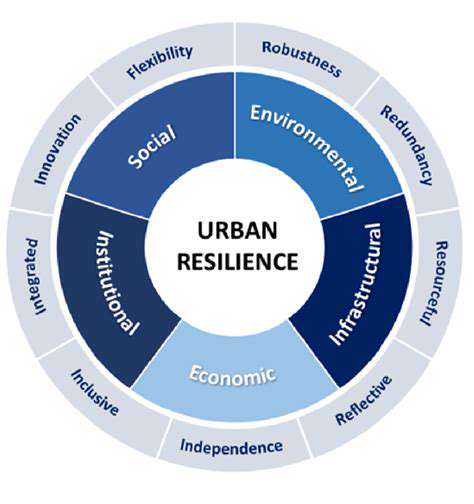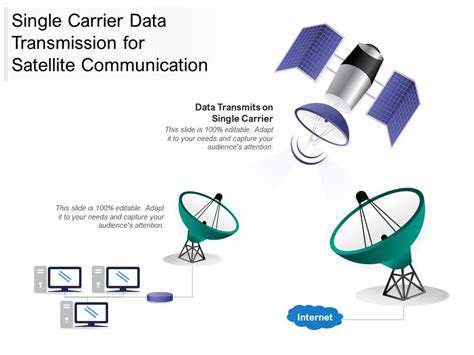Hydrogen fuel cell technology shows tremendous promise for revolutionizing air travel. Aircraft using hydrogen could dramatically reduce emissions compared to conventional jet fuel. This innovative approach avoids the carbon emissions of combustion engines, offering a far cleaner propulsion method.
These fuel cells generate electricity from hydrogen, powering aircraft engines while producing only water as exhaust. This eliminates harmful emissions and significantly reduces aviation's environmental impact. The potential for hydrogen to transform commercial aviation makes it one of the most exciting developments in sustainable transportation.
Prospects for Hydrogen-Powered Flight
The future of hydrogen aircraft depends on continued technological advancements. Researchers are working to improve fuel cell efficiency, reduce component weight, and ensure absolute safety. As these innovations progress, hydrogen propulsion will likely play an increasingly important role in aviation.
Developing hydrogen infrastructure at airports represents another critical challenge. Establishing reliable refueling networks will be essential for widespread adoption. The ultimate goal involves creating a comprehensive hydrogen supply system that supports the growth of eco-friendly air travel globally.
Hydrogen Fuel Cell Technology: A Deep Dive
How Hydrogen Fuel Cells Work
These electrochemical devices convert hydrogen and oxygen directly into electricity, with water as the only byproduct. The proton exchange membrane (PEM) serves as a crucial component, permitting proton flow while blocking electrons to generate current. This fundamental understanding helps explain their potential for aircraft propulsion systems.
During operation, hydrogen molecules separate into protons and electrons. While electrons travel through an external circuit creating electricity, protons combine with oxygen to form water. This direct energy conversion proves far more efficient than combustion engines while drastically cutting emissions.
Producing Hydrogen at Scale
Scalable hydrogen production methods vary in environmental impact and cost. Electrolysis - using electricity to split water - shows particular promise when powered by renewable sources like solar or wind. Other methods involving natural gas currently face emission-related challenges.
Sustainable hydrogen production remains vital for widespread fuel cell adoption. The environmental footprint of production methods directly affects the technology's overall sustainability. Developing large-scale, cost-effective production will be essential for meeting future demand.
Performance Considerations
Fuel cell efficiency often exceeds 60% in converting chemical energy to electricity - critical for aircraft where weight and power constraints exist. Power density (output per volume) also matters greatly, as compact, lightweight systems offer major advantages for aviation applications.
Design Configurations for Aircraft
Different fuel cell stack arrangements present various tradeoffs in power, size and weight. Aircraft applications demand specialized configurations optimized for high power density and compact dimensions. These engineering choices significantly influence overall aircraft performance and operational efficiency.
Integration Challenges
Despite advantages, incorporating hydrogen fuel cells into aircraft presents multiple technical hurdles. High pressure and temperature requirements create engineering complexities. Storing flammable hydrogen safely remains another critical concern, requiring innovative containment solutions.
Safety protocols for hydrogen handling demand rigorous standards before commercial adoption. Modifying existing aircraft infrastructure and maintenance procedures will require substantial changes to current practices.
Building Hydrogen Infrastructure
Establishing comprehensive hydrogen infrastructure represents a prerequisite for adoption. This includes production facilities, storage systems, and distribution networks. Developing airport refueling stations will be particularly crucial for supporting hydrogen-powered aviation.
Environmental Benefits
When produced using renewable energy, hydrogen fuel cells emit only water vapor - a dramatic improvement over conventional aircraft fuels. However, the full environmental impact depends on production methods and complete lifecycle analysis of the entire system.
Challenges in Implementing Hydrogen Fuel Cells in Aircraft

Data Collection Difficulties
Gathering accurate hydrogeological data proves challenging due to natural variability. Aquifer characteristics, groundwater movement, and water quality fluctuate spatially and temporally, complicating comprehensive assessments. Extensive sampling and monitoring become necessary, requiring significant time and financial investment. Maintaining data integrity throughout collection and analysis processes presents additional challenges.
Accessing historical data scattered across different institutions creates further complications. Inconsistent data formats and missing metadata hinder effective integration of past and current information. Validating historical records requires meticulous verification processes. Managing large, diverse datasets while ensuring interoperability between sources adds substantial complexity.
Regulatory and Financial Barriers
Various restrictions often limit hydrogeological project implementation. Property rights and environmental protections may prevent optimal site access and monitoring well placement. These constraints can compromise complete understanding of groundwater systems. Lengthy permitting processes for drilling and sampling activities frequently delay projects and increase costs.
Financial limitations significantly restrict comprehensive hydrogeological studies. Equipment, fieldwork, and skilled personnel require substantial funding that may limit project scope. Securing support from government, private, or international sources becomes essential. Effectively communicating project value to potential funders requires careful planning and presentation.
Environmental protection remains paramount during investigations. Minimizing ecosystem disturbance during well installation and sampling helps preserve sensitive habitats. Strict adherence to environmental regulations ensures groundwater resources remain uncontaminated throughout project execution.
Hydrogen Production and Infrastructure Development
Production Techniques
Multiple hydrogen production methods exist with varying sustainability profiles. Electrolysis powered by renewable electricity shows particular promise as a clean production method. While efficient, this approach currently faces infrastructure cost challenges. Steam methane reforming remains prevalent but relies on fossil fuels, necessitating emission reduction strategies.
Distribution Networks
Establishing hydrogen infrastructure requires developing specialized pipelines, storage facilities, and refueling stations. Engineers must account for hydrogen's unique properties during design, including its high flammability and leakage potential. Current storage solutions continue to evolve, with cryogenic and compressed storage methods presenting distinct advantages and challenges.
Storage Solutions
Safe hydrogen storage remains critical for fuel cell implementation. High-pressure tanks demand robust materials and careful handling protocols. Cryogenic storage offers advantages but requires energy-intensive cooling processes. Chemical storage methods show potential for higher energy density but need further development for commercial viability.
Economic Considerations
Hydrogen's economic feasibility depends on production costs, energy prices, and policy support. Government incentives like tax credits can stimulate investment and innovation. As production scales up and technology improves, costs should decrease, making hydrogen more competitive with conventional fuels.
Environmental Evaluation
While hydrogen fuel cells produce clean emissions, production methods vary in environmental impact. Renewable-powered electrolysis offers the cleanest approach. Comprehensive lifecycle assessments should evaluate greenhouse gas emissions, water use, and land requirements to ensure overall sustainability.
Regulatory Standards
Developing appropriate safety regulations remains essential for hydrogen infrastructure. Standards must address hydrogen's unique properties throughout production, transport and storage. International cooperation on regulations will facilitate global adoption, while regular updates should incorporate technological advancements and best practices.











